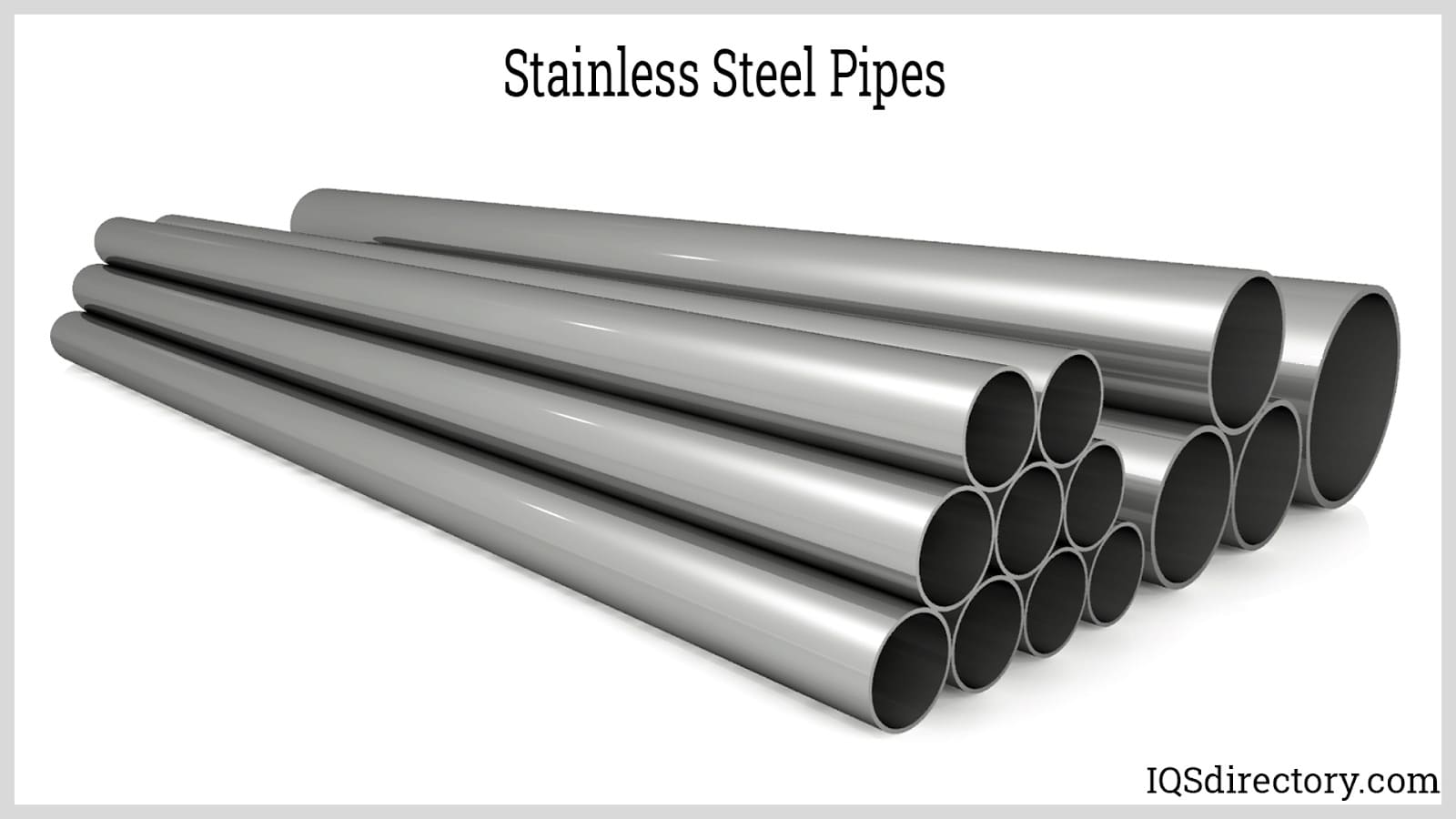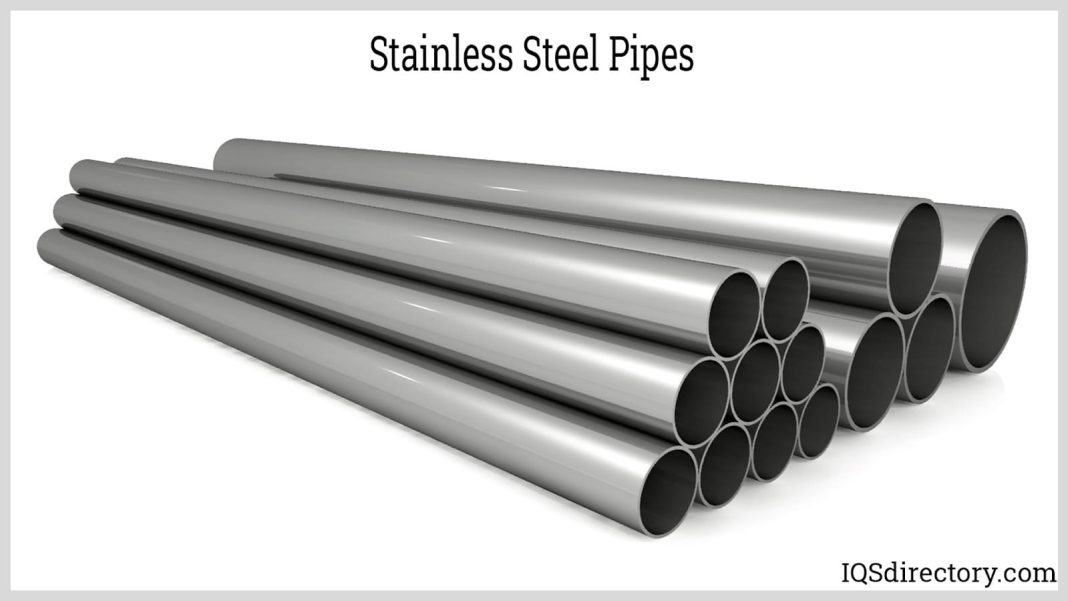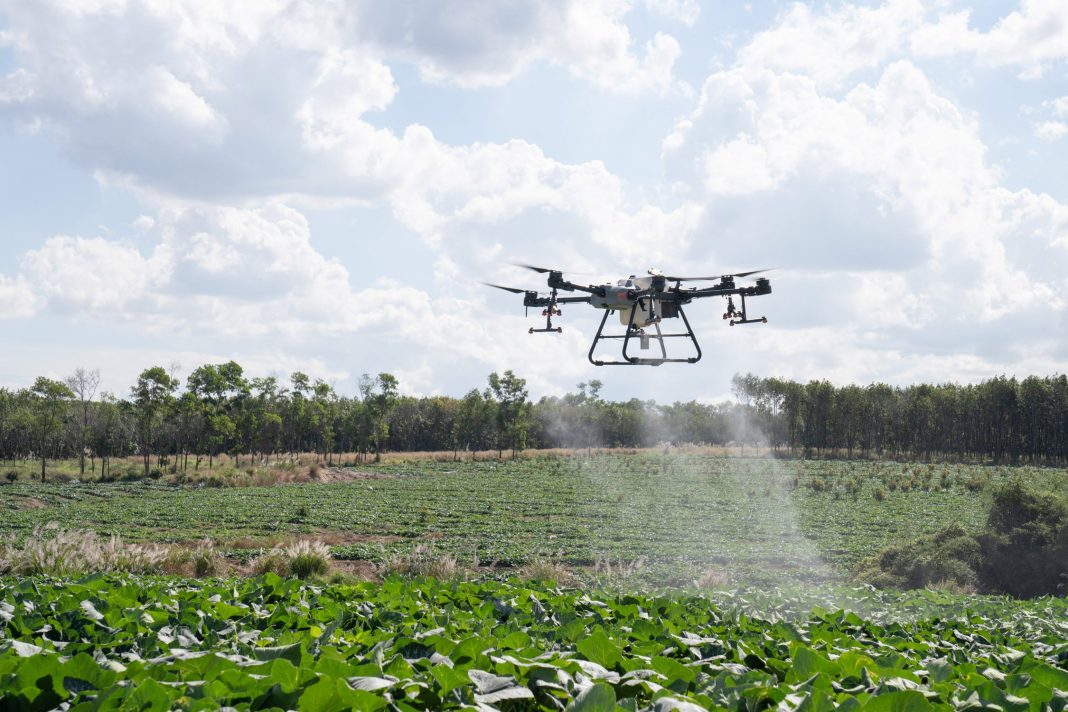
BHP, the diversified mining giant, has issued a warning regarding a potential decline in China’s demand for iron ore. The company expects Chinese blast furnace run rates to ease in 2024 due to subdued steel margins and possible policy-driven production controls. This decline in demand could put high-cost suppliers at risk of being pushed out of the market.
One of the factors contributing to this anticipated decrease in iron ore demand is the rising ratio of China’s scrap-based steel. As more recycled scrap is used for steelmaking, Chinese pig iron output is expected to decrease. The shift towards scrap-based steel is driven by environmental concerns and efforts to reduce carbon emissions. This trend aligns with China’s commitment to achieving carbon neutrality by 2060.
BHP also predicts that China’s demand for iron ore will continue to decrease in the medium term, despite its current production levels plateauing above 1 billion tonnes. Additionally, the company expects Chinese steel margins to remain subdued.
Despite the warning, BHP remains optimistic about the demand for its products in developing countries, which could offset the anticipated fall in China’s demand. The company plans to increase production at its Western Australia Iron Ore (WAIO) to over 305 million tonnes per annum (Mtpa) over the medium term. WAIO is known for being the lowest-cost major iron ore producer globally.
In its financial report, BHP reported a 39 percent decline in attributable net profit to US$7.90 billion in the fiscal year ended June 30, 2024. However, revenue grew by 3 percent to $55.66 billion. The lower net profit was attributed to a $5.8 billion loss, primarily due to an impairment of Western Australian nickel and charges associated with the Samarco dam failure.
The revenue growth was driven by higher realized iron ore and copper prices, with sales volumes increasing in both commodities. BHP’s capital and exploration expenditure also saw significant growth, reaching $9.3 billion, driven by increased investment in copper and potash.
Looking ahead, BHP CEO Mike Henry remains positive about the long-term outlook for key commodities. He believes that population growth, urbanization, rising living standards, and the infrastructure required for decarbonization and electrification will drive demand for steel, non-ferrous metals like copper, and fertilizers.
BHP is actively pursuing growth opportunities in these future-facing commodities. It aims to increase Copper South Australia’s production to above 500 kilotonnes per annum (ktpa) and potentially up to 650 ktpa. The company’s Jansen potash project in Canada is also progressing well, with production expected to begin in just over two years.
In conclusion, BHP’s warning about a potential decline in China’s demand for iron ore highlights the changing dynamics in the steel industry. The shift towards scrap-based steel and efforts to reduce carbon emissions are influencing the demand for iron ore. However, BHP remains optimistic about the demand for its products in developing countries and is actively pursuing growth opportunities in future-facing commodities like copper and potash.


